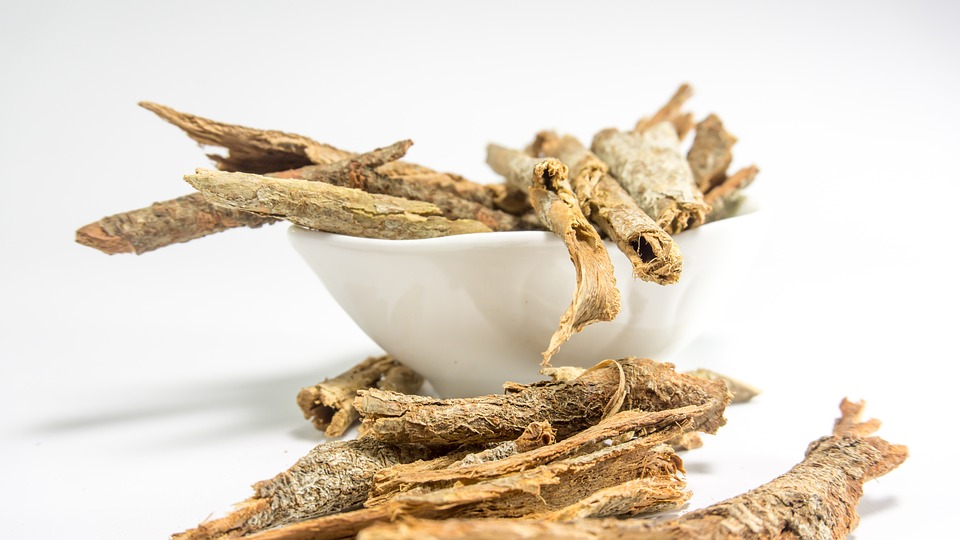By Irene Hayton
There are several different varieties of mushrooms, including the common button mushrooms and the more exotic types—shiitake, enoki, maitake, reishi and oyster. There are three kinds of button mushrooms: white, crimini and portabello. White mushrooms are the cream-colored ones that most people are familiar with. Crimini mushrooms are brown in color and have a more distinctive, earthy flavor and firmer texture. Portobellos are actually overgrown criminis; they have large caps and a meaty taste which make great vegetarian “burgers”.
Most mushrooms contain a wide variety of minerals and vitamins. For example, crimini mushrooms are an excellent source of selenium, potassium, copper, phosphorus, riboflavin (vitamin B2), niacin (vitamin B3) and pantothenic acid (vitamin B5). They’re also a good source of zinc, calcium, iron, magnesium, manganese, folate, and vitamins B1 and B6. In addition, crimini mushrooms contain protein and both soluble and insoluble fiber.
Anti-cancer research has focused on the phytonutrients in mushrooms, particularly in the more exotic types such as shiitake, reishi and maitake. The less-expensive common button mushrooms have recently been shown to have anticancer properties as well.
A powerful antioxidant called L-ergothioneine has been discovered in mushrooms. Wheat germ and chicken liver also contain L-ergothioneine but mushrooms contain more of this antioxidant; while the exotic types have the highest amounts, the button mushrooms also have more than wheat germ and chicken liver. L-ergothioneine is not destroyed by cooking the mushrooms.
While it is often listed as a vegetable (such as in the Eating Alive Food Chart), the mushroom is actually a fungus. So if you have an overgrowth of intestinal yeast, you should avoid or at least limit your consumption of mushrooms since they may contribute to the problem. Those who have kidney problems or gout may also want to avoid/limit their intake of mushrooms since they contain substances called purines, excessive intake of which can lead to an accumulation of uric acid.
See this month’s recipe for Creamy Mushroom Soup.



